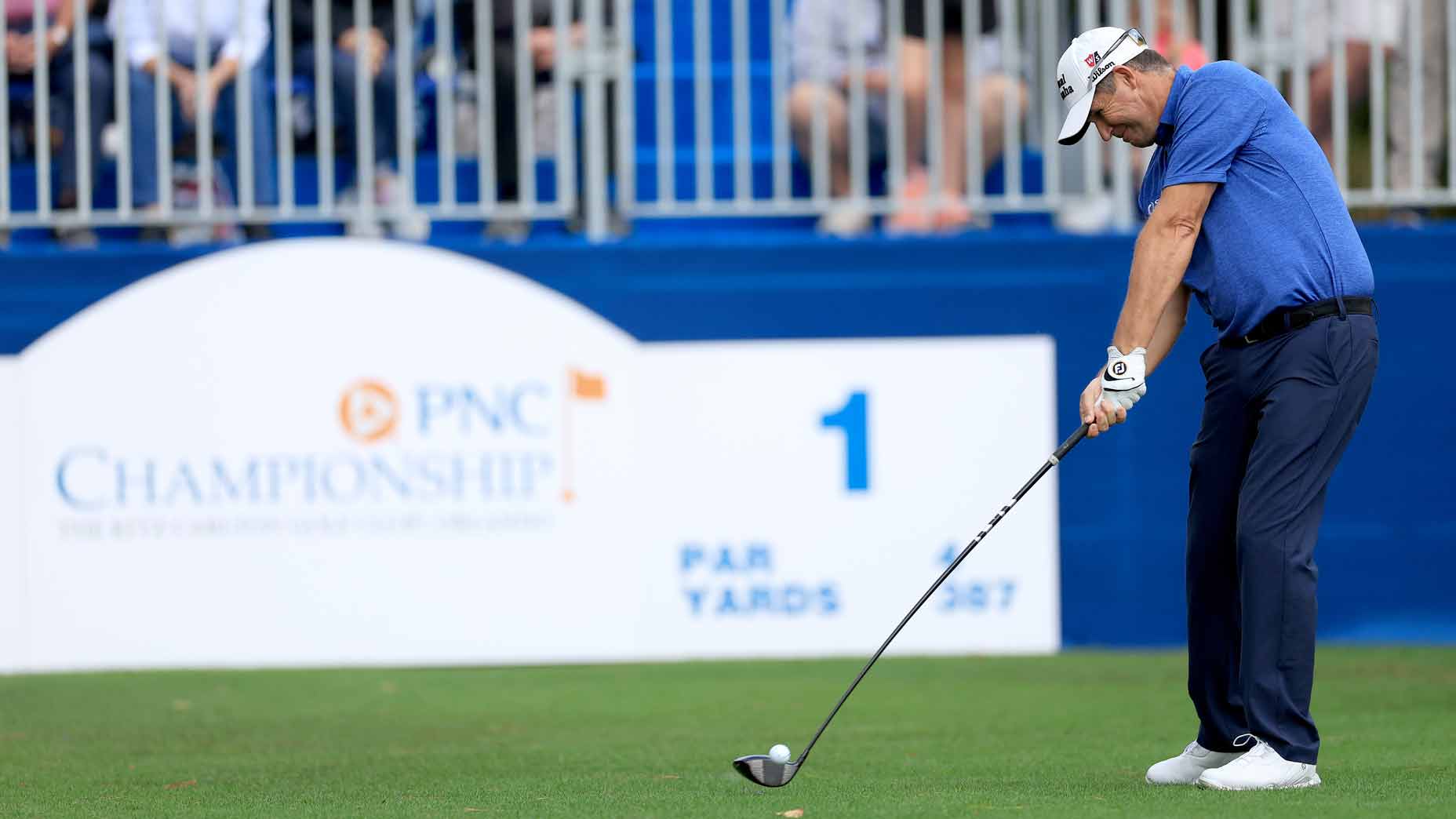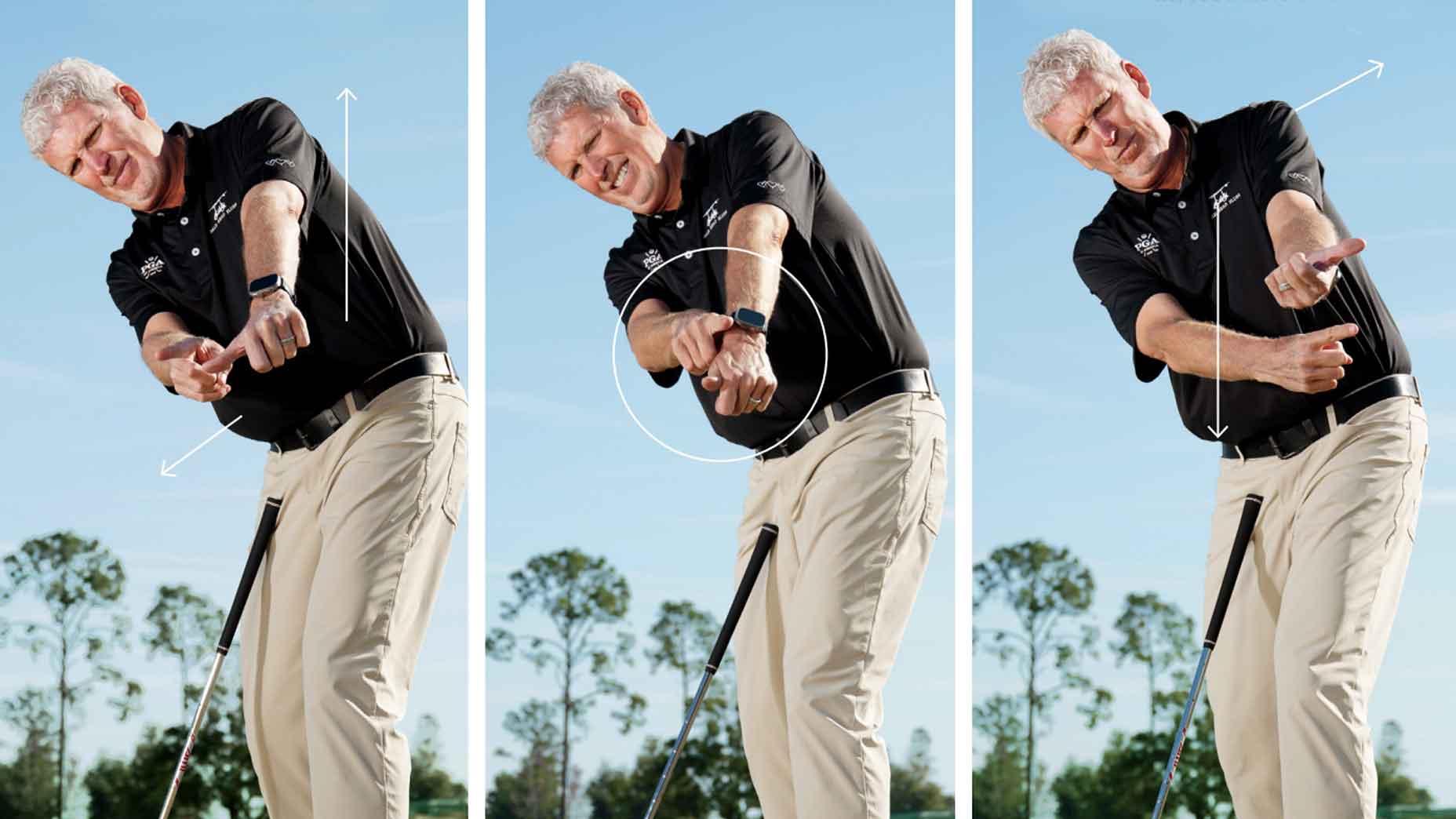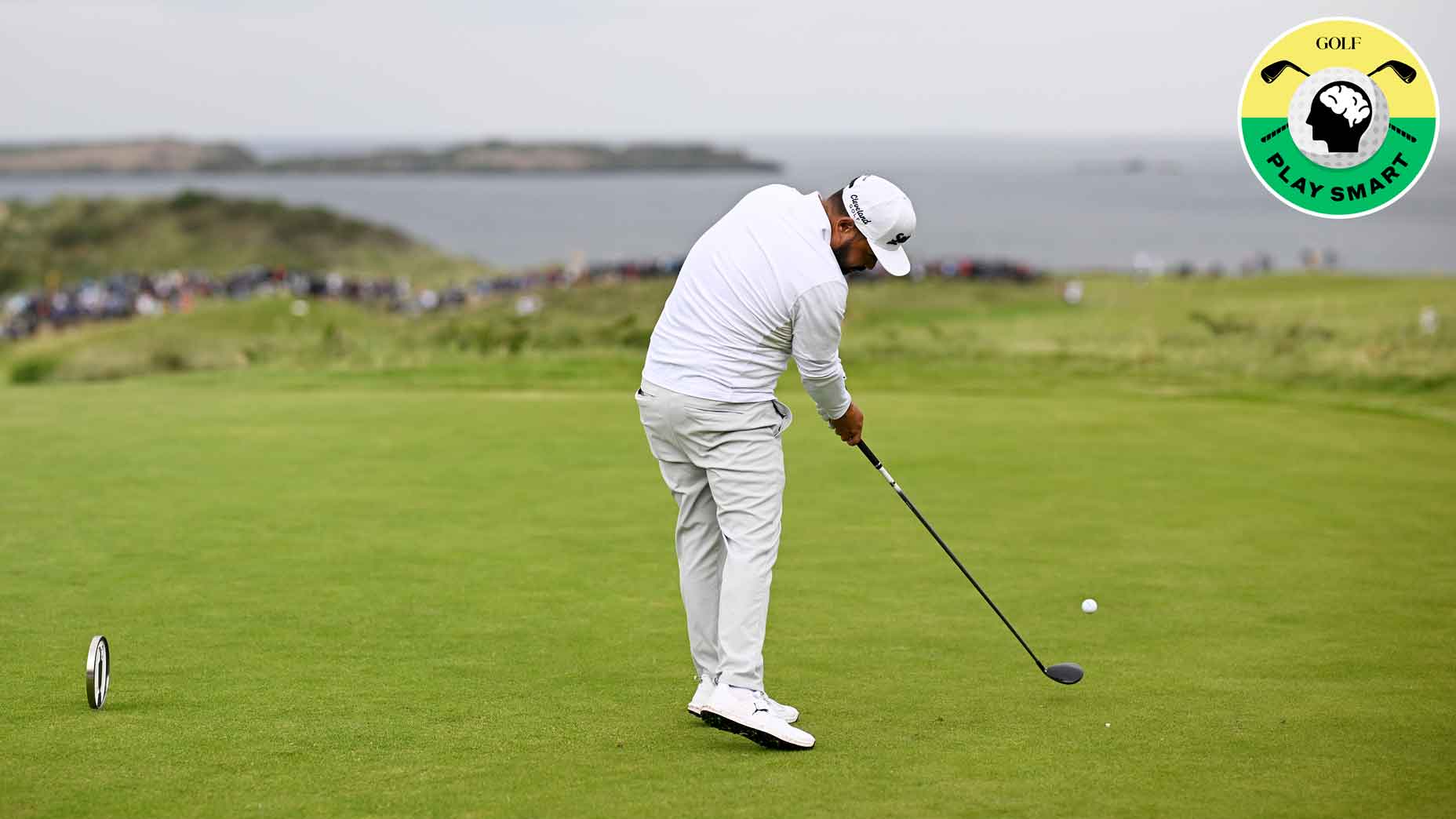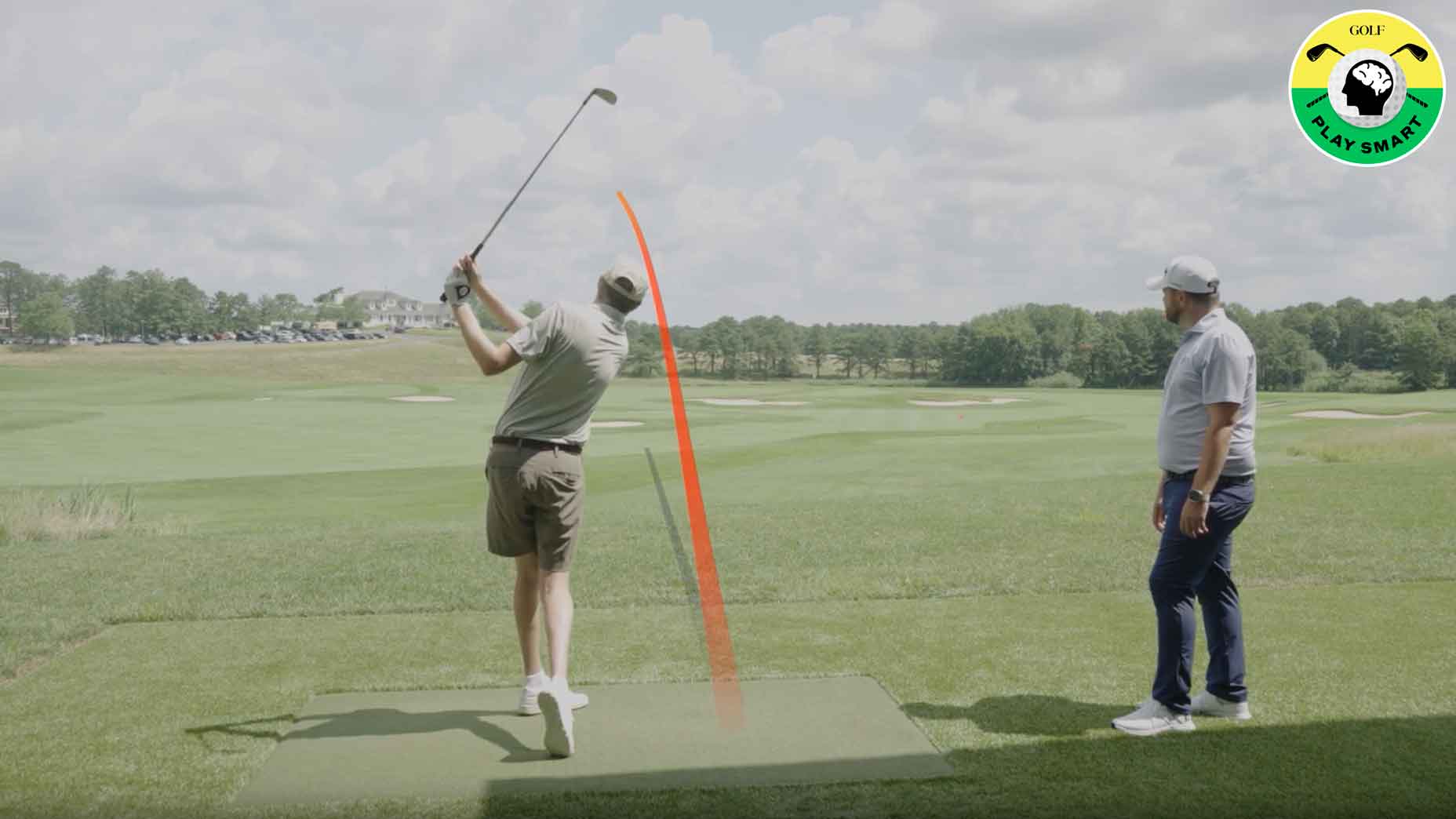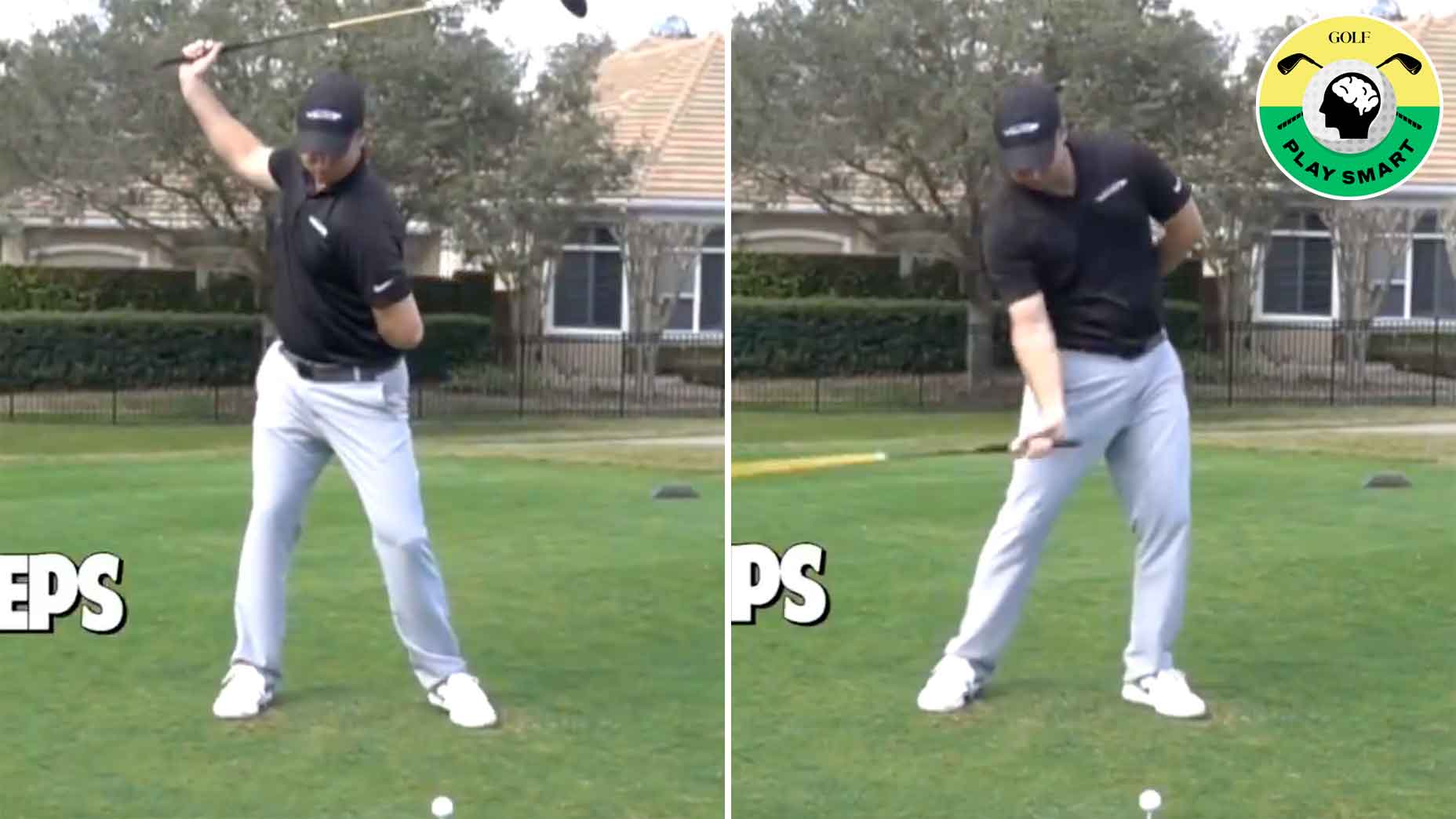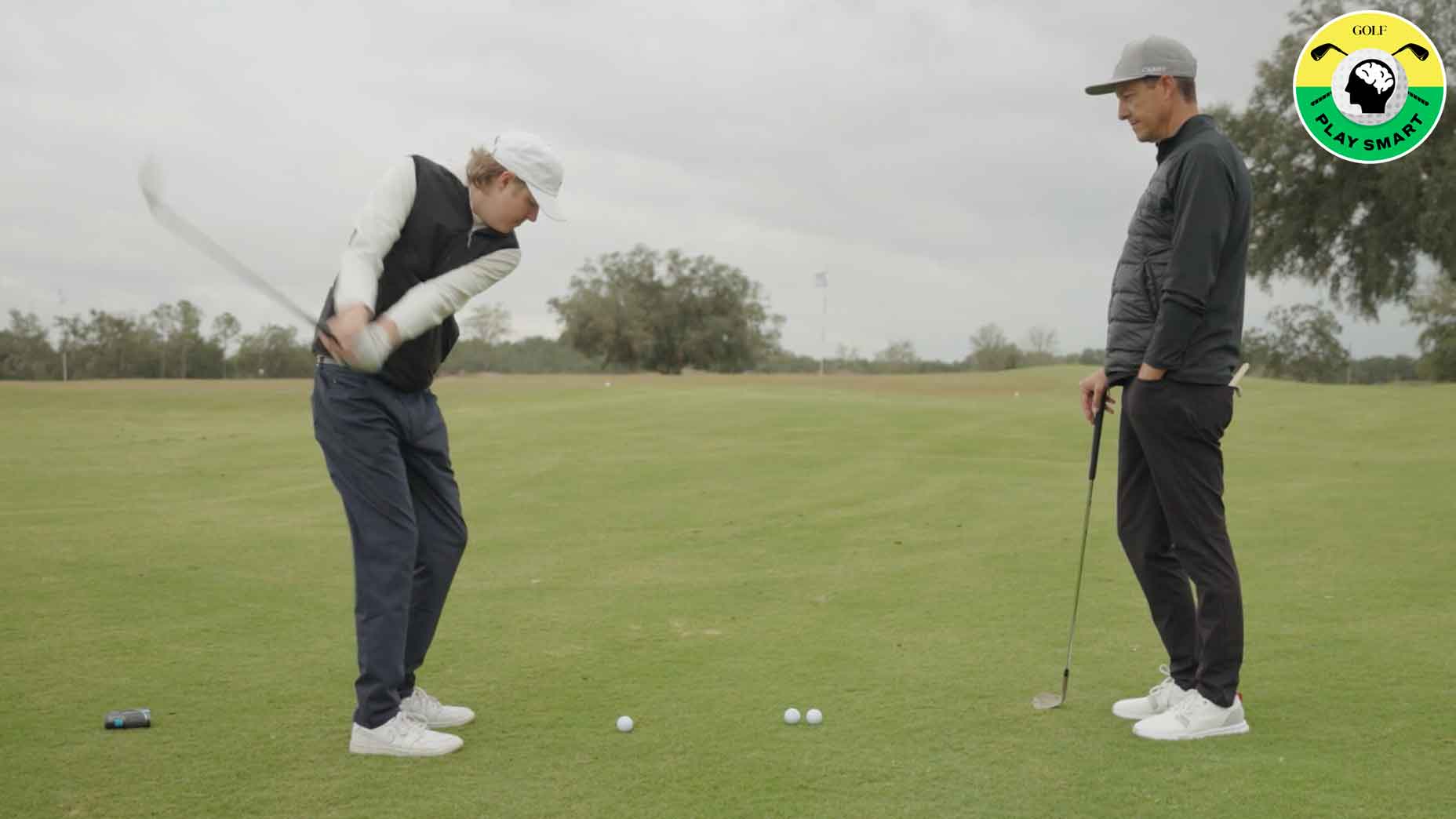Welcome to Play Smart, a regular GOLF.com game-improvement column that will help you play smarter, better golf.
Golf is a game of misses. Often times, our scores are not dictated by the good shots we hit on any given day, but rather the bad ones. If you can miss on your poor shots in good places, it’ll take big numbers off your scorecard and save you several shots.
Recreational golfers typically don’t recognize this fact. Instead of playing smart and minimizing damage in the case of a mishit, they fire at flags with reckless abandon. This might lead to the occasional birdie — and great story for the 19th hole — but it also costs valuable strokes when not executed to perfection.
Great players are elite at this disaster mitigation. According to Arccos data, scratch golfers only average 1.8 more birdies per round than 18-handicappers — but they’re still roughly 18 strokes better on the scorecard. How is this possible? They avoid trouble at all costs.
In today’s edition of Play Smart, GOLF Teacher to Watch Derek Swoboda joins us to help manage your misses and avoid trouble on approach shots. Heed his advice, and you’ll be amazed at how many strokes you save every round.
How to avoid trouble on approach shots
When you step up to a shot in the fairway, the first thing you need to do is map out the trouble. On the hole we played in the video above, two bunkers guard the green, with a large water hazard short of that.
“One of the things I always look at is, relative to the flag itself, where is the bulk of the green,” Swoboda says. “Erring on the side of caution is a big deal.”
On any given hole, hitting in the bunker is more than likely going to add a stroke to your score, and hitting in the water is liable to add a couple. So on this particular hole, priority No. 1 is avoiding those hazards.
With both of those hazards short of the green, this means taking an extra club. In case of a mishit, I’ll still have plenty of club to clear the trouble, and even if I hit it perfect, I’ll likely have a putt from the back of the green.
“Ten feet long or 10 feet short, it’s still 10 feet [to the cup],” Swoboda says. “Err on the side of caution.”
In this case, I had a slight mishit on my approach shot — but thanks to the extra club, my ball still easily cleared the trouble, putting me in prime position to still make par. If I hadn’t taken that extra club though, bogey (or worse) would’ve come into play.
If nothing else on your approach shots, be sure to heed Swoboda’s advice: “Always plan for misses.”
